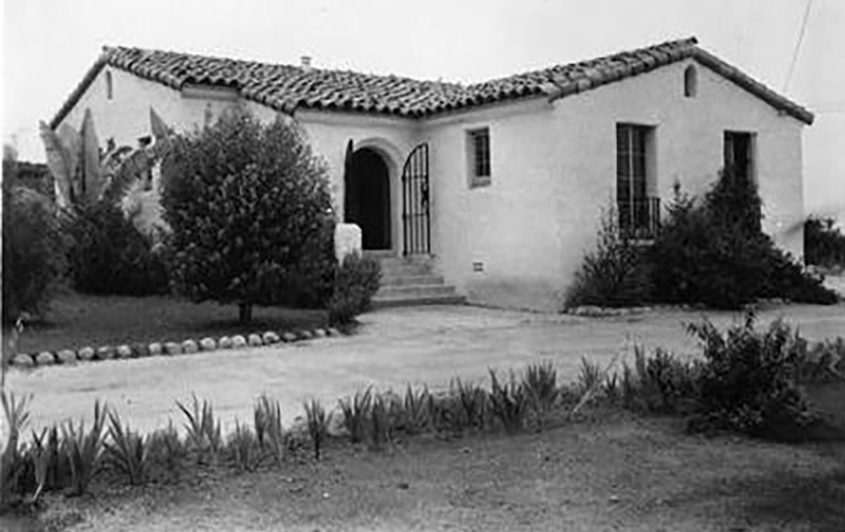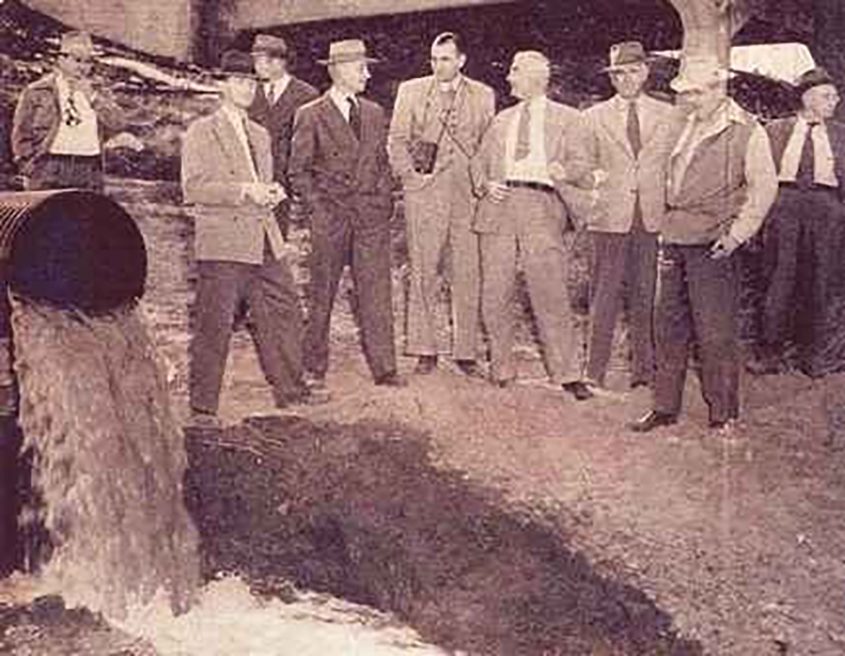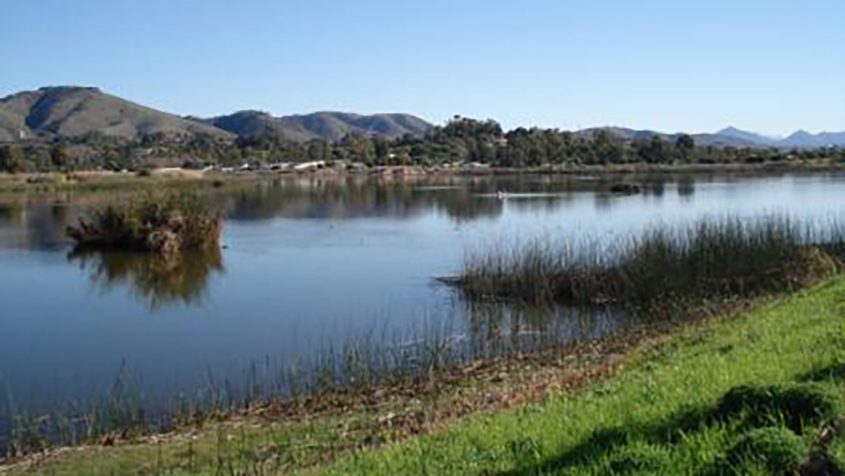Community leaders and neighbors joined the Santa Fe Irrigation District in celebrating its 100th anniversary at a “Century of Service” event on June 21. The celebration at the San Dieguito Reservoir recognized SFID’s contributions to the community over the past 100 years and reflected on the water agency’s history and milestones.
In addition to the celebration, SFID received recognition from state and federal officials. Congressman Scott Peters delivered a proclamation for SFID, which is part of his congressional district.
Congressman Mike Levin also recognized the milestone: “Congratulations to the Santa Fe Irrigation District on 100 years of serving our community! As Californians, we all understand the importance of conserving water and the impact droughts have on our daily lives. I’m grateful to have SFID as a partner in the work to strengthen our local water independence.”
California Natural Resources Secretary Wade Crowfoot issued a congratulatory message: “Many thanks to the Santa Fe Irrigation District for 100 years of service. We appreciate this century-long legacy of water service to generations of Californians and look forward to continuing to partner on adjusting to the changing climate by improving water efficiency and diversifying our water supply.”
Evolution of water service as communities grow and thrive

The original Santa Fe Irrigation District office in 1926. Photo: Santa Fe Irrigation District
In 1923, SFID was established under the California Irrigation District Act of 1887. SFID was originally formed by landowners to provide water service to the area. Residents within the proposed SFID boundaries voted on and approved the creation of the Santa Fe Irrigation District in January 1923. Initially, SFID supplied water to primarily meet agricultural irrigation needs from the Lake Hodges reservoir, its only water source at the time. As the area developed, the District began providing potable water to residential, commercial, and institutional customers.
In 1948, SFID became a member of the San Diego County Water Authority and gained access to imported water supplies from Northern California and the Colorado River.

In 1948, the first Colorado River water flowed into Lake Hodges. This occasion marked the completion of a water line from the San Vicente Reservoir, where the first Colorado River barrel empties into the county water system. Photo: Santa Fe Irrigation District
In November 1948, officials celebrated the completion of a water line from the San Vicente Reservoir, where the first Colorado River barrel empties into the county water system. Pictured above are former Santa Fe Irrigation District members, including (with camera) former board director R.M. Clotfelder, former general manager D.M. Bakewell, and former directors William A. Smart, George Dose, and Harry Porter.
Modernizing safe, reliable water delivery
The Lake Hodges Dam flume, which delivered water from Lake Hodges to SFID, was replaced in 2003 with a new 36-inch transmission pipeline. Use of the historic 75-year-old flume ended. A new Rancho Cielo Raw Water Pump Station located on Del Dios Highway was also placed into service in 2003, providing an alternative means of moving water from Lake Hodges directly to the R.E. Badger Filtration Plant.

The San Dieguito Reservoir was constructed in 1918. This terminal storage reservoir can hold 550-acre feet of raw water. Photo: Santa Fe Irrigation District
During the construction of the Lake Hodges Dam, the San Dieguito Reservoir was also constructed in 1918. This terminal storage reservoir can hold 550-acre feet of raw water. In 1967 the San Dieguito Reservoir Pump Station was built to pump water from the reservoir to the R.E. Badger Filtration Plant.
The Santa Fe Irrigation District owns 150 miles of pipelines and a six-million-gallon treated water reservoir in the City of Solana Beach called Larrick Reservoir. The reservoir was constructed in 1965 and named after H. G. Larrick Sr., a board member from 1941 to 1957.
Today, the District serves approximately 20,000 customers on 10,300 acres of land in three communities: Rancho Santa Fe, Fairbanks Ranch, and the City of Solana Beach.
(Editor’s note: The Santa Fe Irrigation District is one of the San Diego County Water Authority’s 24 member agencies that deliver water across the San Diego County region.)









